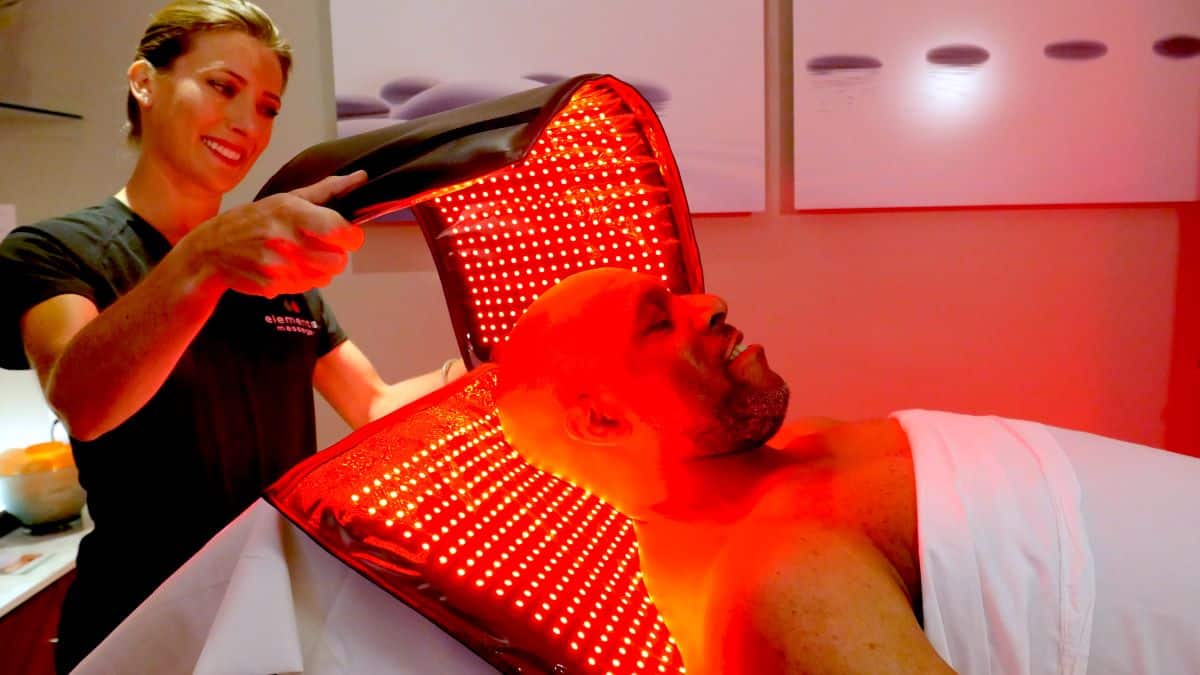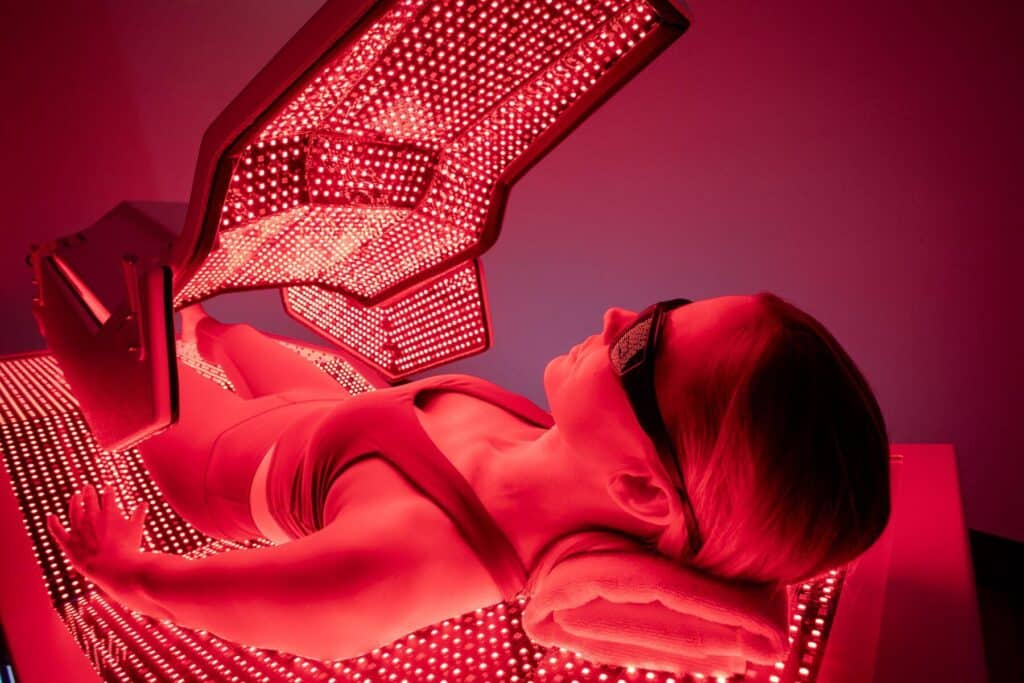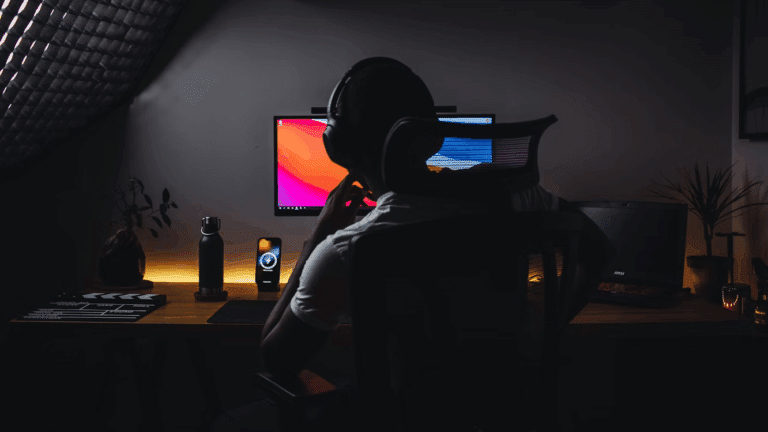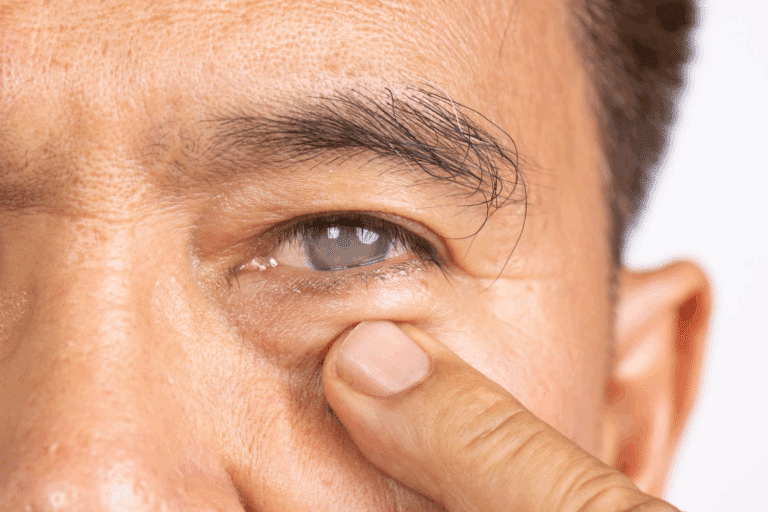If you’re seeking the most comprehensive red light treatment experience available today, the red light therapy bed stands out as a powerful option. Designed for full-body exposure, these devices go far beyond handheld tools or facial panels by delivering consistent wavelengths across all major systems of the body—muscles, joints, skin, and even mood regulation centers.
Red light therapy has evolved rapidly in the wellness and medical space, with full-body beds now gaining popularity among athletes, biohackers, and recovery clinics. These beds harness photobiomodulation (PBM) technology to emit red and near-infrared light across a wide treatment area—supporting everything from anti-aging effects and muscle recovery to systemic inflammation reduction.
In this blog, we’ll break down:
- How a red light therapy bed works differently from small-format devices
- Scientific benefits across various health goals
- What to expect during a session
- Safety, side effects, and key buying or usage considerations
By the end, you’ll understand whether investing in a full-body solution like a red light therapy bed aligns with your long-term wellness strategy.
What is a Red Light Therapy Bed?
A red light therapy bed is a full-body treatment device that surrounds the user with light-emitting diodes (LEDs) calibrated to therapeutic wavelengths, typically between 630–660 nm (red light) and 810–850 nm (near-infrared). Users lie in the bed for a fixed period, receiving consistent light exposure from head to toe.
While facial panels and handheld devices treat local areas, a therapy bed offers systemic benefits—optimizing mitochondrial function and promoting cellular repair across multiple organ systems simultaneously.
These beds are often found in high-performance clinics, wellness centers, and more recently, private homes of serious health optimizers. Many are FDA-cleared and built to medical-grade specifications.
The Science-Backed Benefits of Full-Body Red Light Exposure
1. Muscle Recovery & Athletic Performance
- Enhances ATP production and oxygenation in muscle tissue
- Accelerates recovery post-exercise and reduces soreness
- Used by elite athletes and sports physiotherapists for performance optimization
2. Skin Rejuvenation & Anti-Aging
- Stimulates collagen synthesis across full-body skin
- Improves tone, firmness, and hydration
- Targets photoaging, sun damage, and general skin dullness
3. Reduced Inflammation & Joint Support
- Reduces inflammatory markers at a systemic level
- Provides relief for rheumatoid arthritis, chronic pain, and fibromyalgia
- Promotes lymphatic drainage and circulation
4. Sleep, Mood & Hormonal Balance
- Supports circadian rhythm when used consistently
- Linked to improved sleep quality and reduction in symptoms of depression or anxiety
- Enhances melatonin production if used in early evening sessions
Numerous clinical trials, including those published in The Journal of Photomedicine and Laser Surgery, support these effects, especially when treatment is consistent and wavelength exposure is optimized.
What to Expect During a Session
A session in a red light therapy bed typically lasts 10–20 minutes, depending on the device’s irradiance and your treatment goals. Users generally feel gentle warmth—no burning or discomfort—and some report a relaxing, meditative effect due to the consistent glow and even heat distribution.
Most high-end beds come with adjustable settings, timer functions, and even Bluetooth integration for tracking sessions. It’s recommended to lie as still as possible to ensure even exposure, and to avoid heavy clothing that might block light penetration.
Unlike tanning beds, RLT beds do not emit UV rays and do not tan or damage the skin.
How Often Should You Use a Red Light Therapy Bed?

Frequency Guidelines:
- New users: 2–3 sessions per week for the first month
- Ongoing maintenance: 1–2 sessions per week
- Athletic peak performance: 3–5 sessions weekly during intense training phases
Each session should be spaced by at least 24 hours for optimal mitochondrial response. Overuse doesn’t increase benefits and can lead to desensitization or skin fatigue.
As with all therapies, consistency is more important than intensity.
Considerations Before Buying or Using a Red Light Therapy Bed
Key Features to Evaluate:
- Wavelength range: Ensure 630–660 nm and 810–850 nm are included
- Irradiance (power): Look for ≥ 100 mW/cm² for full-body efficacy
- Size & comfort: Beds should accommodate a full adult body without cramping
- Cooling system & session length: Ensure it allows sessions long enough for cellular impact
- Certifications: Look for FDA clearance, CE mark, or TGA approval in Australia
Red light therapy beds are a significant investment, ranging from AU$5,000 to over AU$20,000 depending on brand, size, and features. Rental or clinic-based access is a great starting point if you’re unsure about a home installation.
Potential Risks & Side Effects
Red light therapy beds are generally very safe. However, users should be aware of the following:
- Mild skin sensitivity after first few sessions
- Not recommended for individuals with light-triggered migraines or epilepsy without medical clearance
- Avoid if taking photosensitizing medications
Protective eyewear should be worn to prevent irritation from intense light exposure, especially when beds emit near-infrared light directly to the face.
Conclusion
A red light therapy bed offers a premium, comprehensive experience—bringing clinical-grade photobiomodulation into your home or wellness routine. With wide-reaching benefits across skin, recovery, pain relief, and mood, these devices are an ideal solution for anyone committed to long-term, full-body wellness.
If you’re already familiar with small-format red light tools and want to elevate your results, exploring a bed format could be the next logical step. As always, success lies in consistent, smart use backed by science—not hype.
Would a full-body approach support your wellness goals? And what outcomes would matter most—athletic recovery, skin improvement, or energy regulation?


















